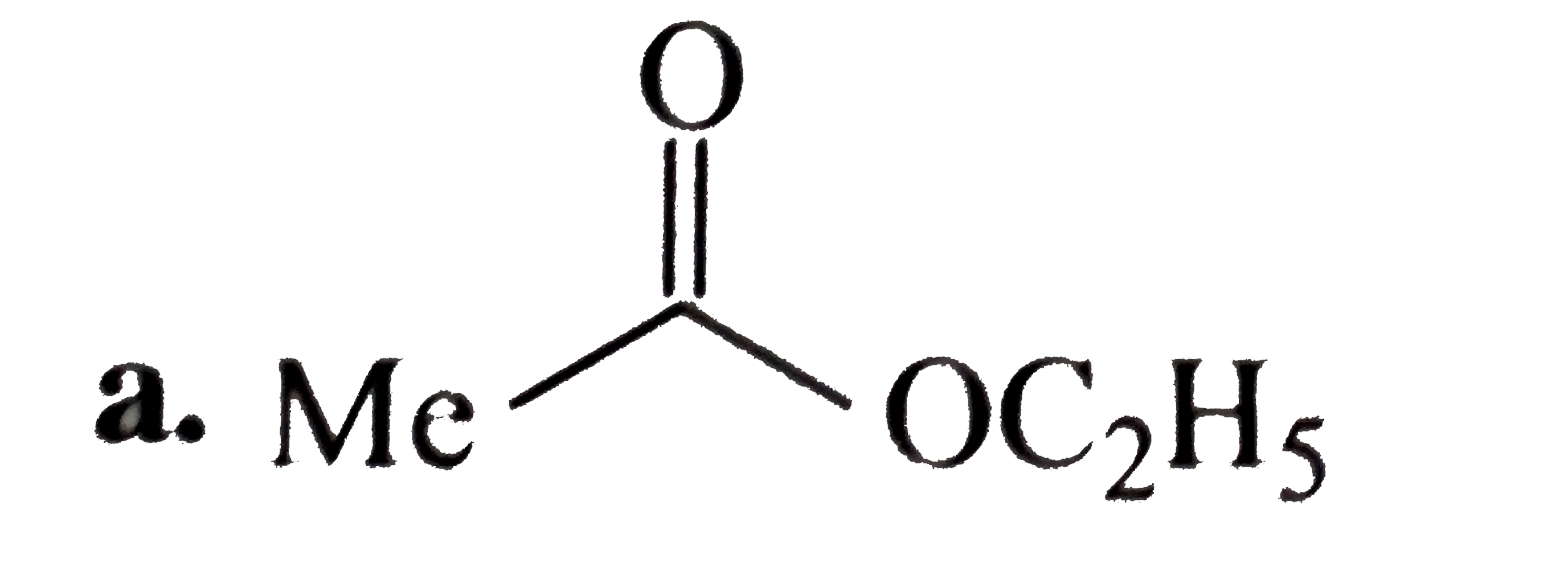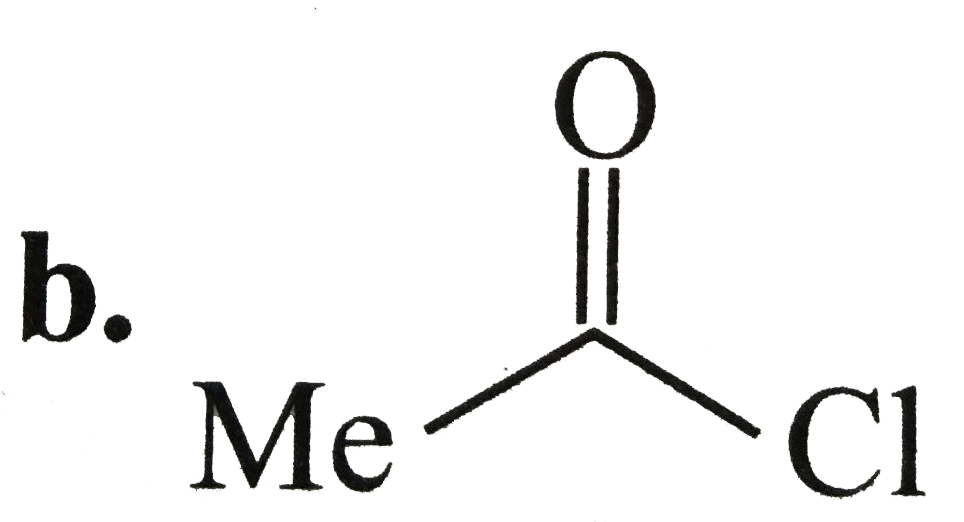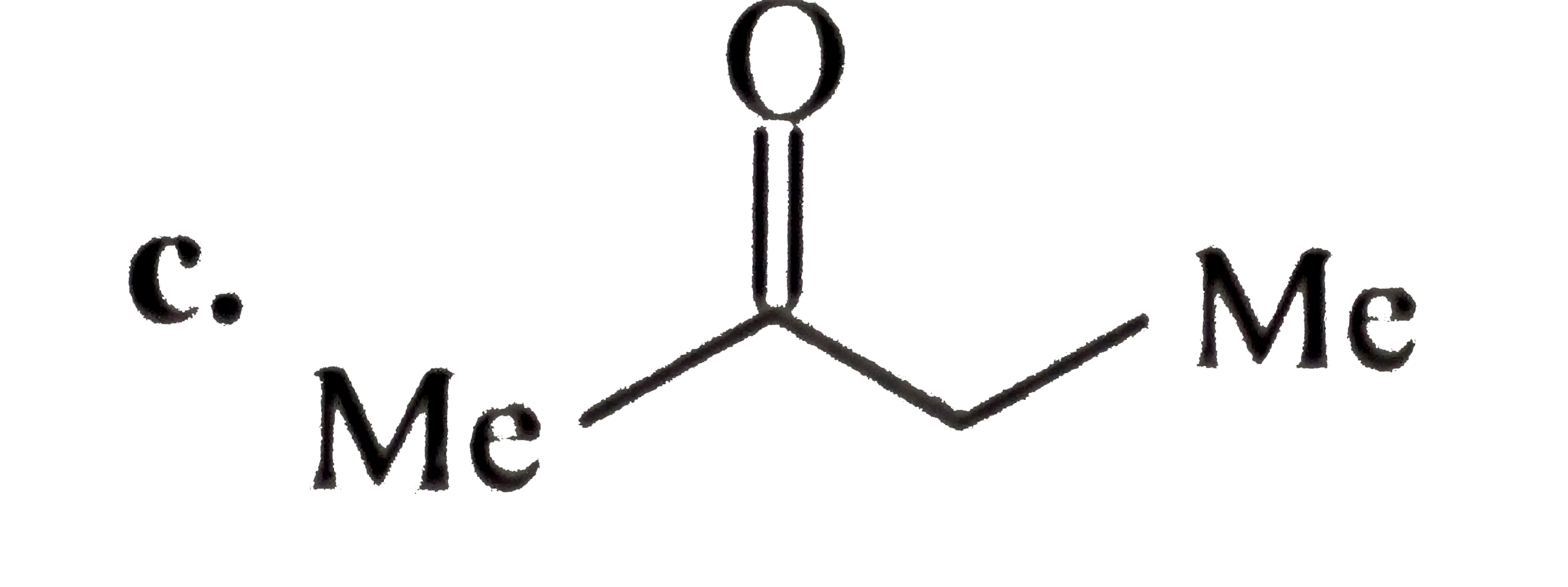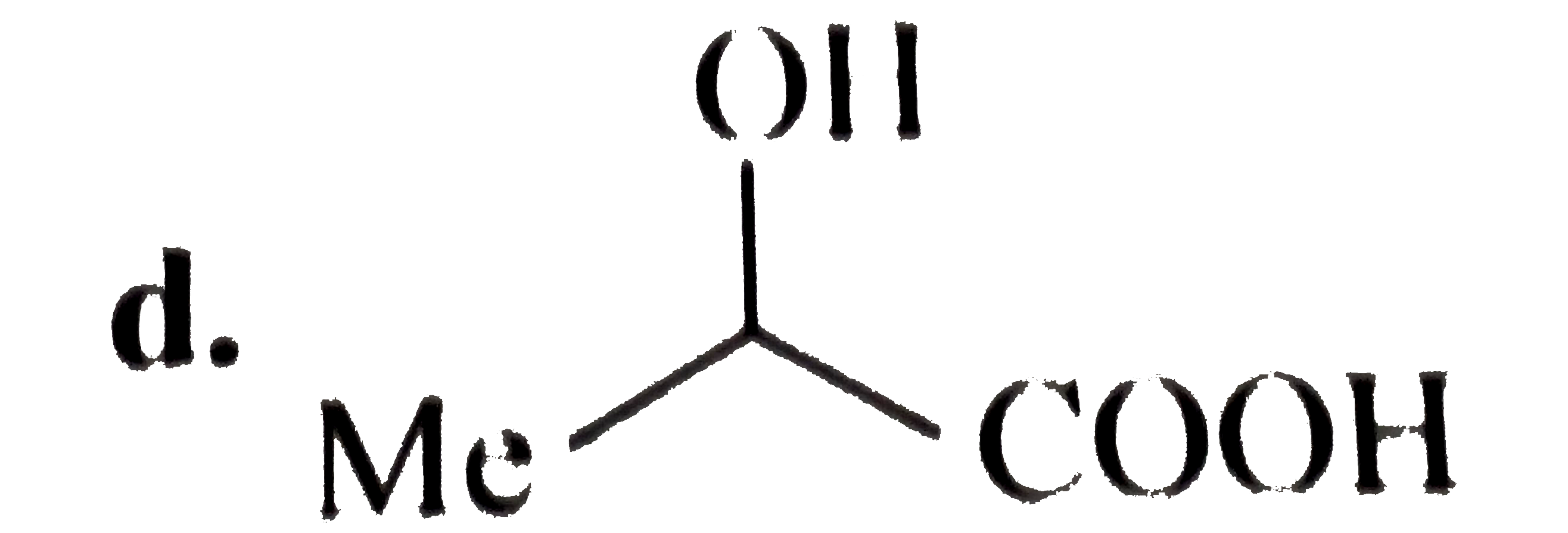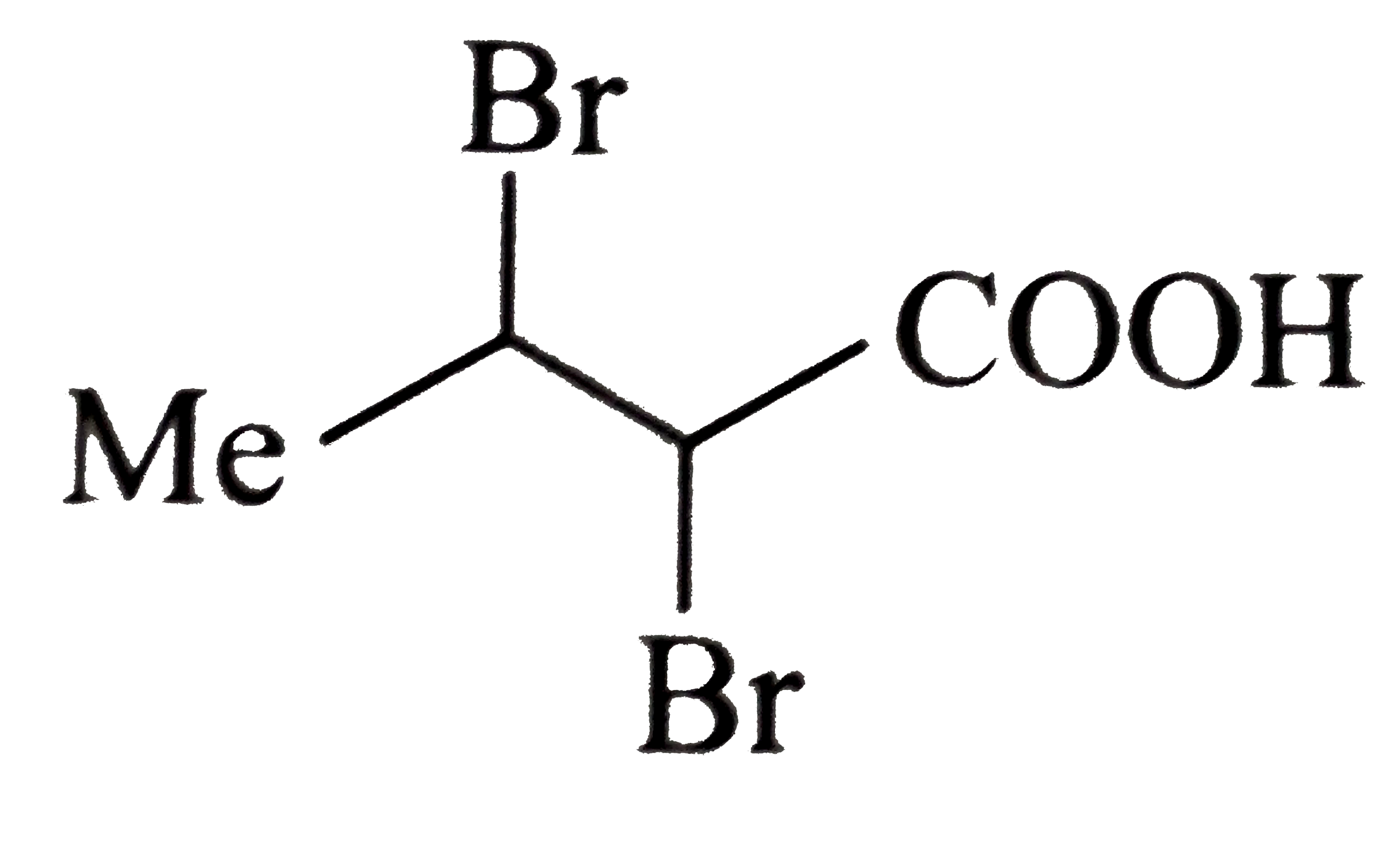Convert benzene to the following compounds:
a. 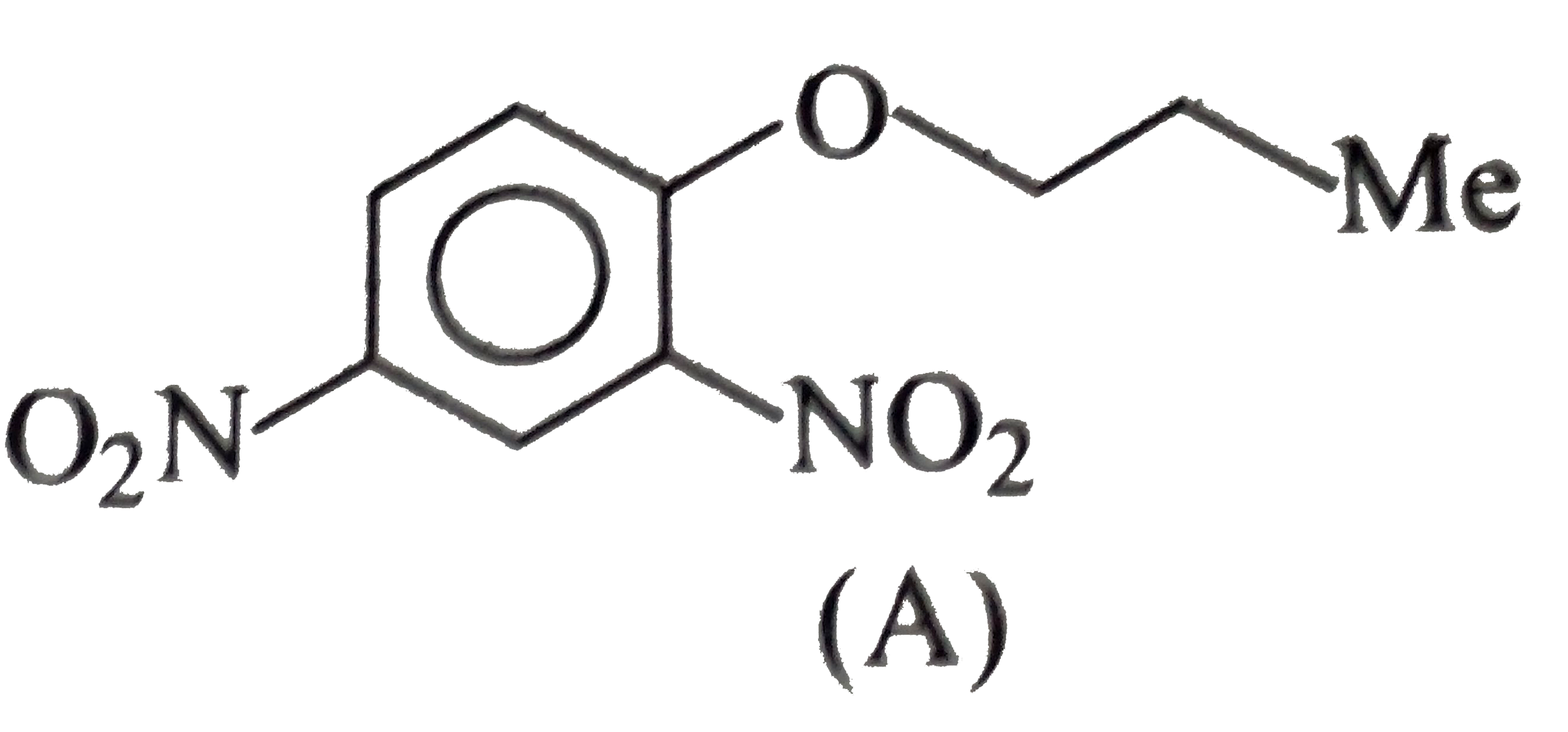 b.
b. 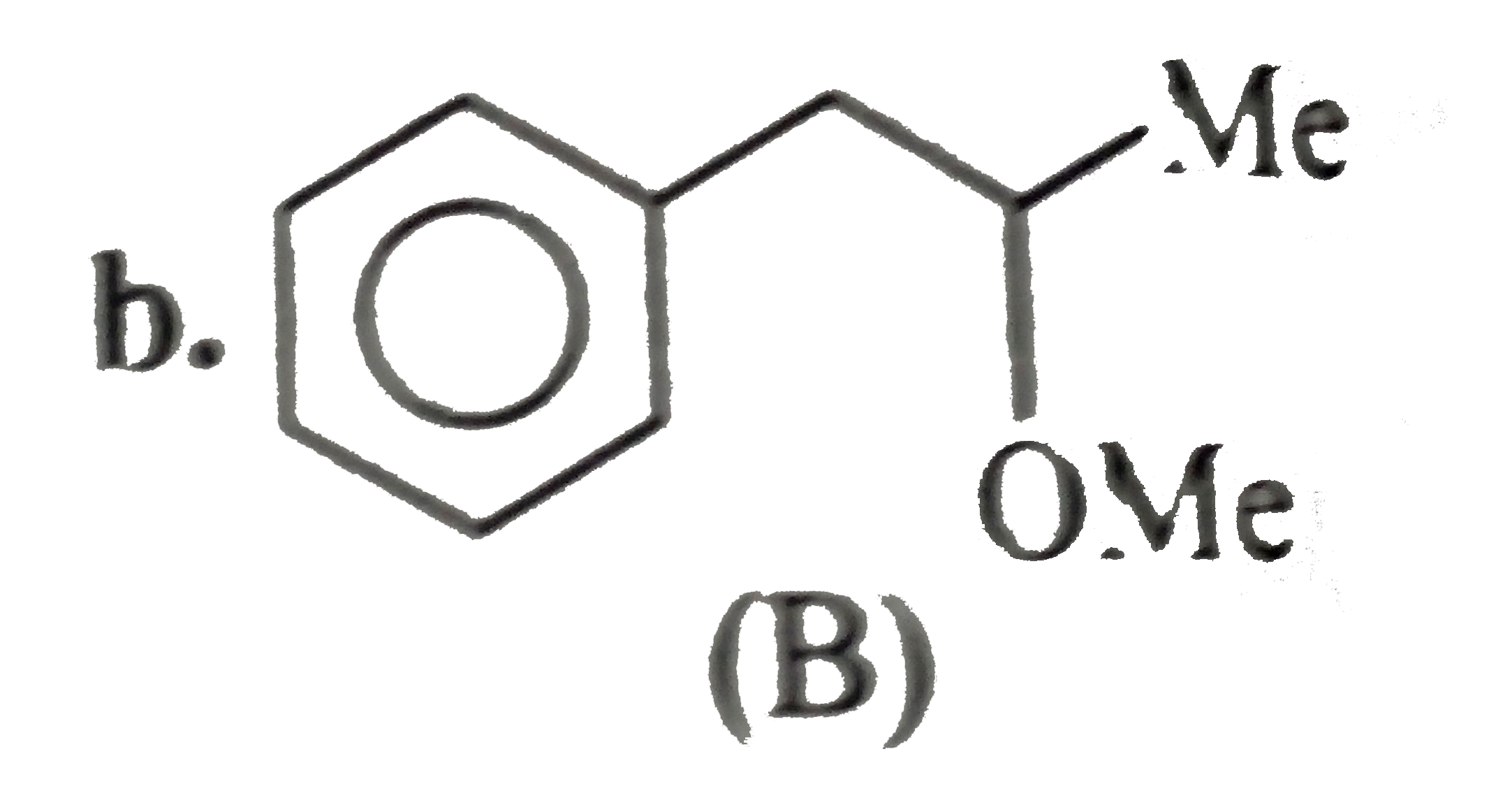
c. 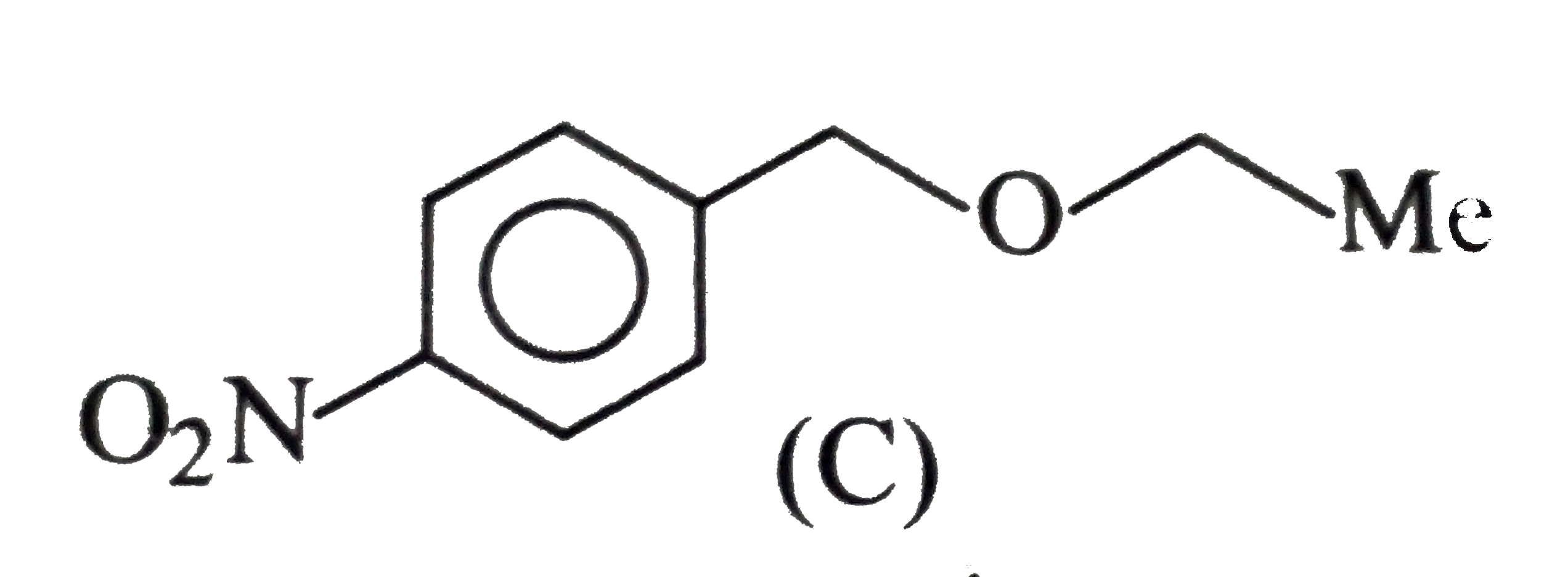 d.
d. 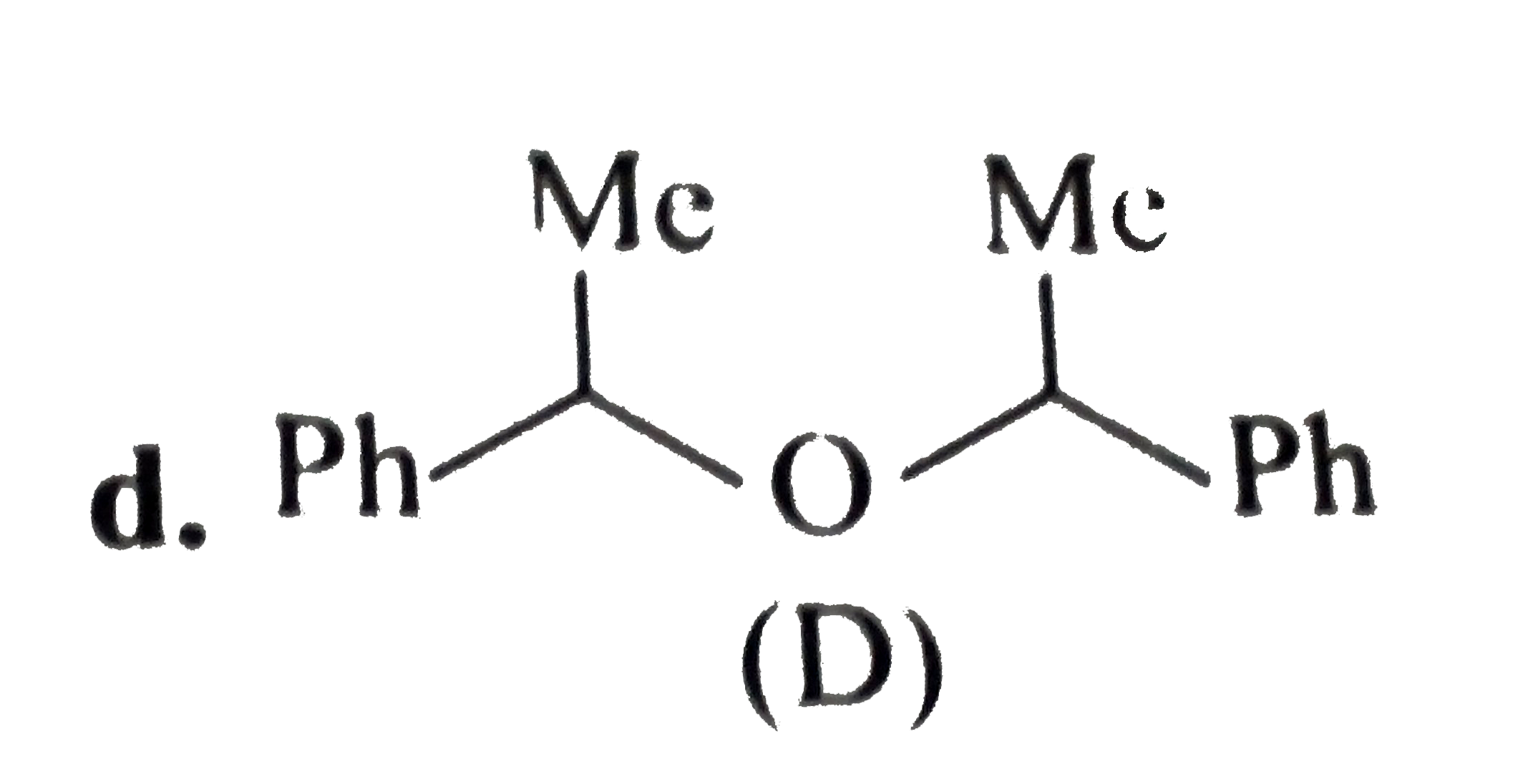
Video Solution
Text Solution
a. 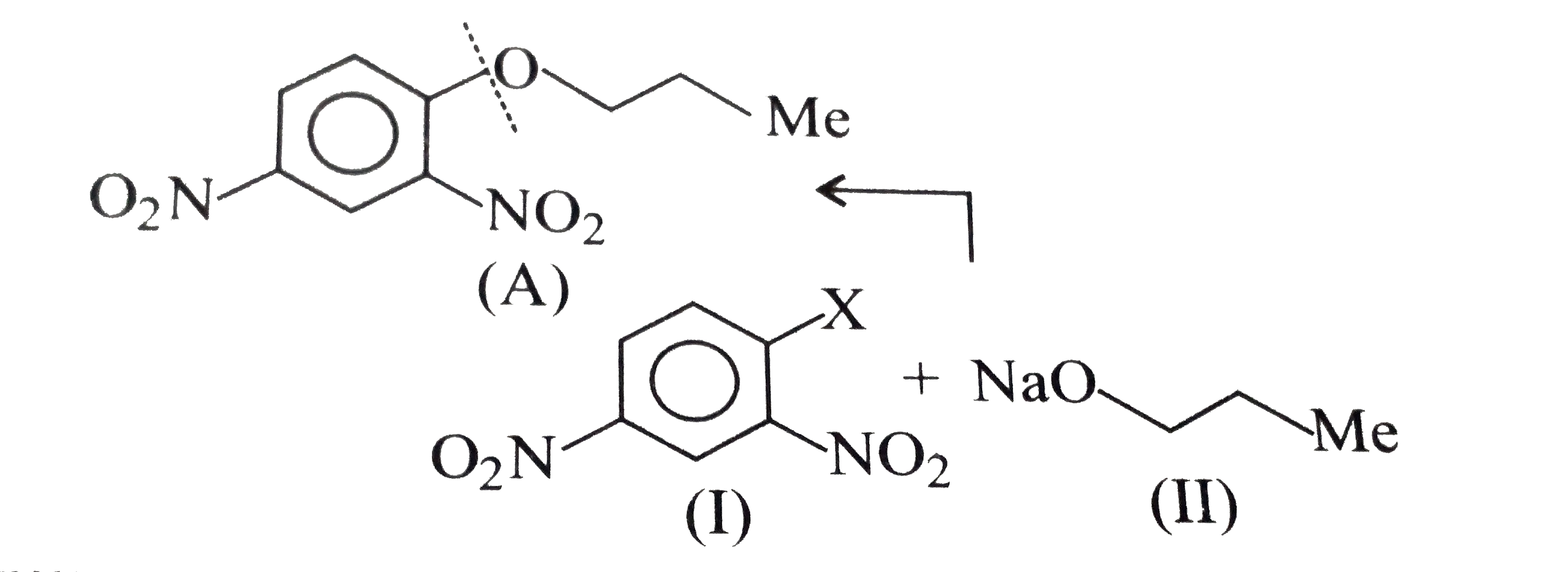
Williamson's synthesis of (I) and (II) would take place since ArSN is fesible in (I) because (X) in (I) is activated by two (−−−NO2) groups. Synthesise (I) from benzene and then react with (II) to obtain the product.
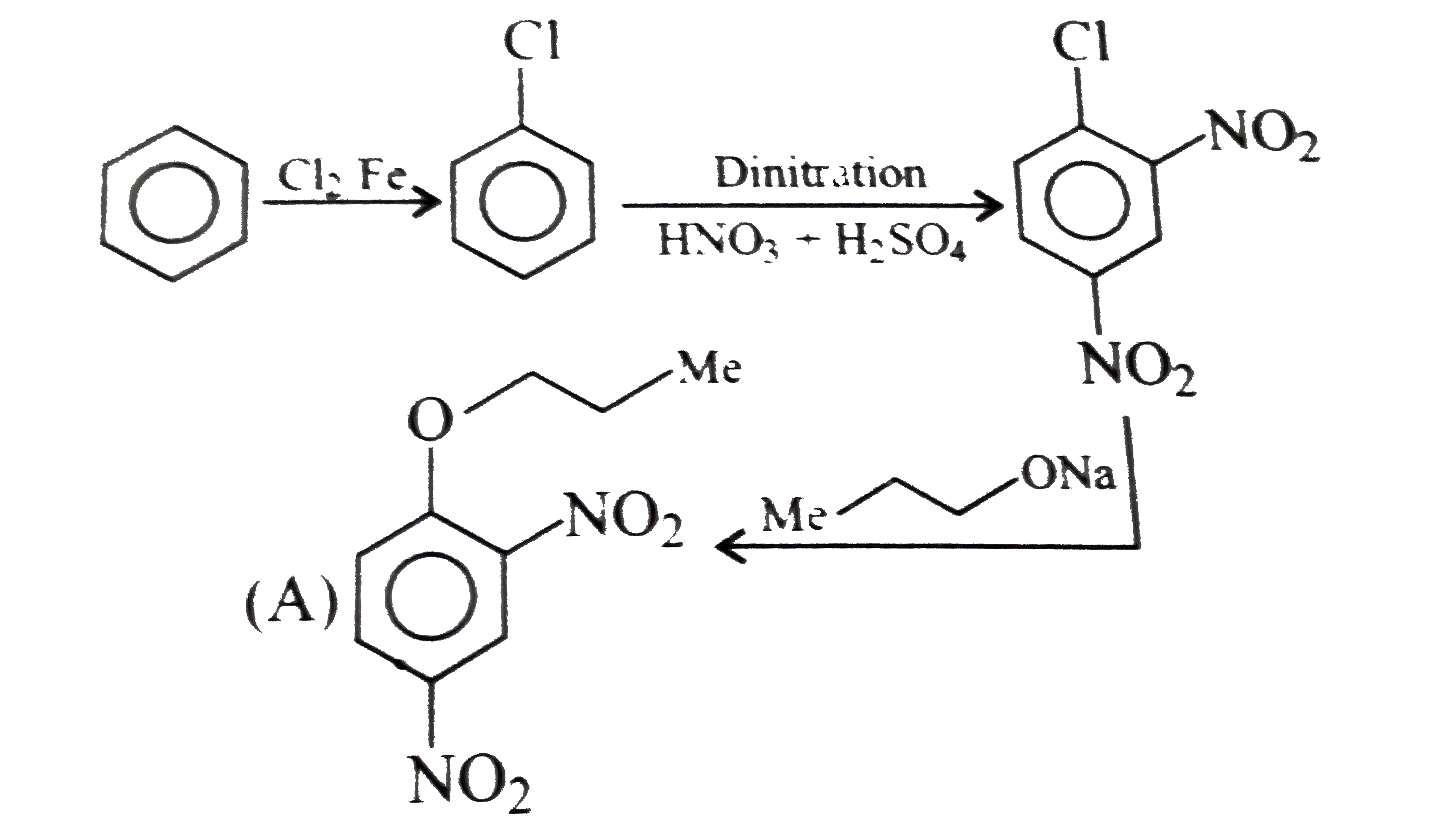
b. (Path I) 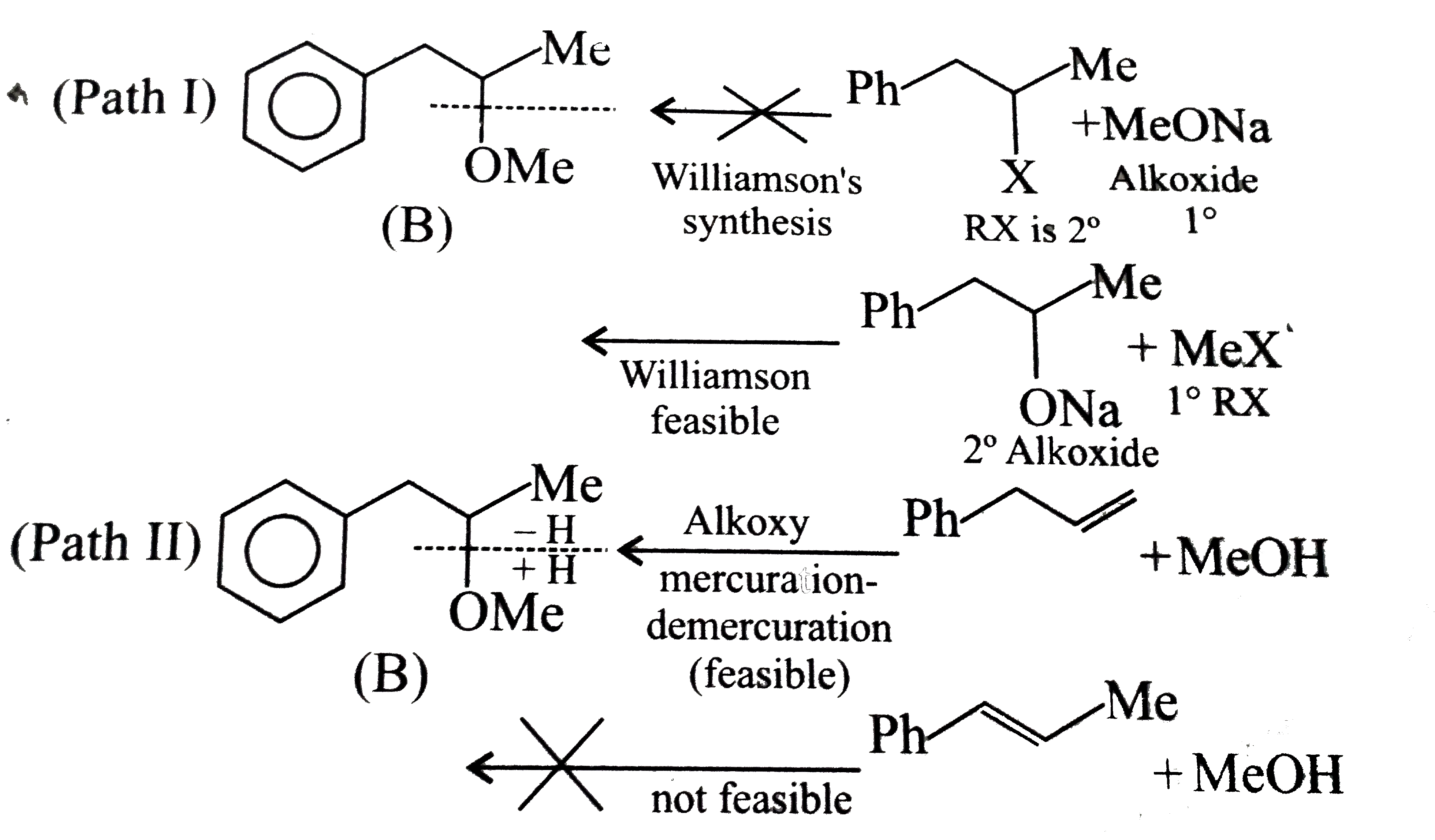
(Path II) 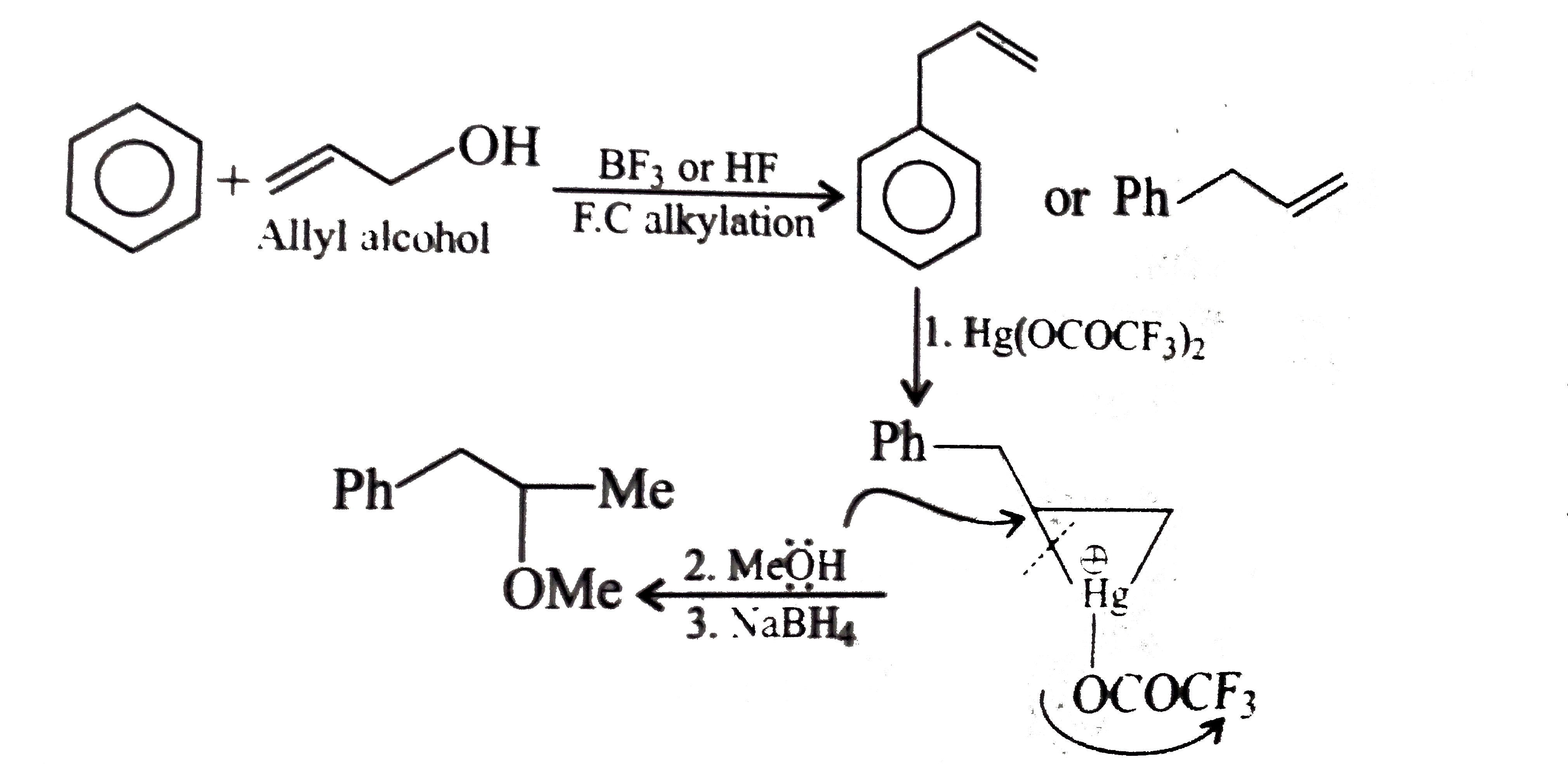
Path II: Synthesis of (B) by intermolecular dehydration is not fesible, since ether is unsymmerical. Synthesis of (B) by path II:
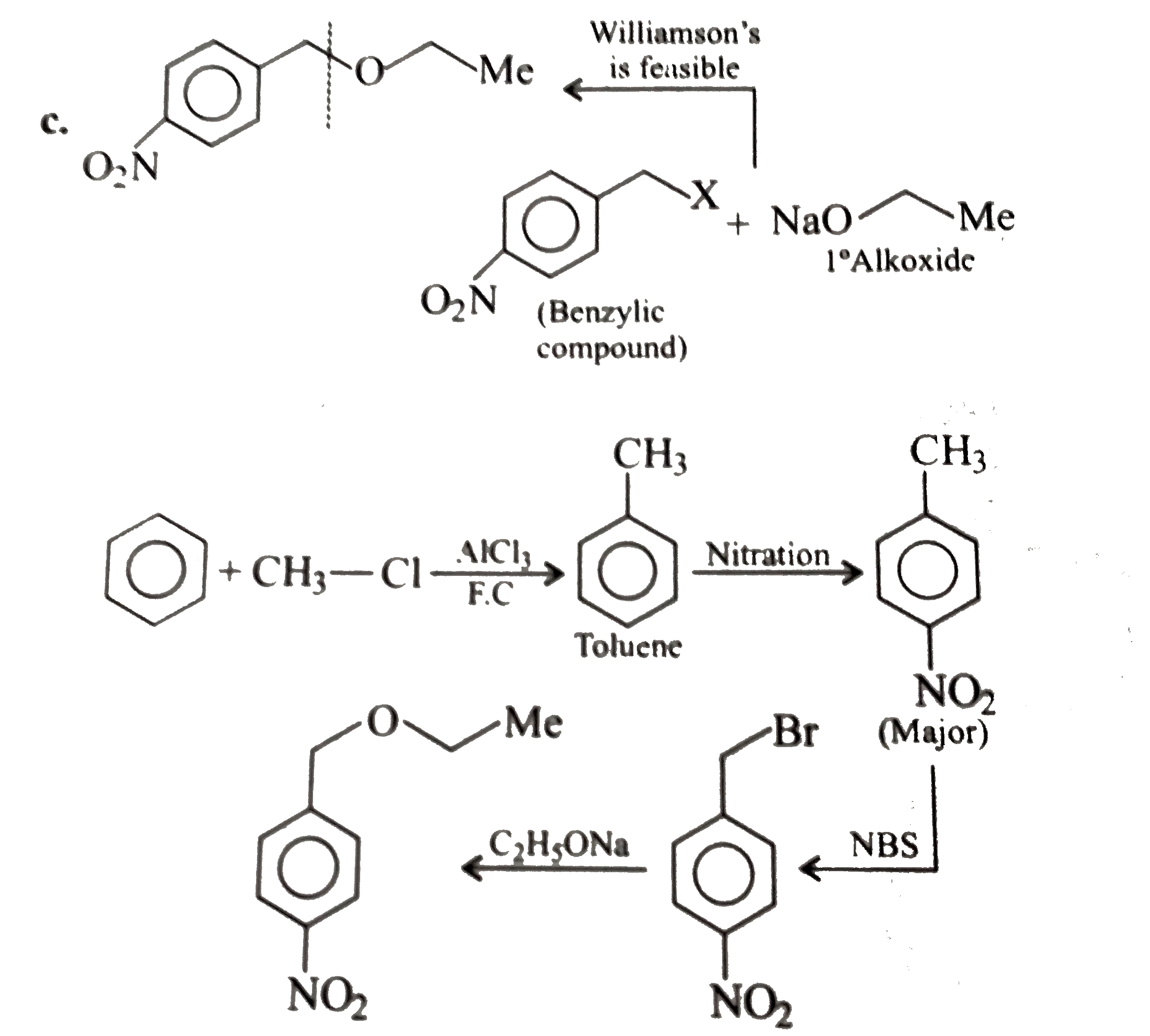
c. 
Synthesis of (C):

d. Path I: Synthesis of (D) by intermolecular dehydration is not possible, although we have symmetrical ether but alcohols required would be 2∘ and product would be stable conjugated alkene PhCH=CH2 .

Path II: williamson's synthesis is also not feasible since both RX and RONa would be 2∘
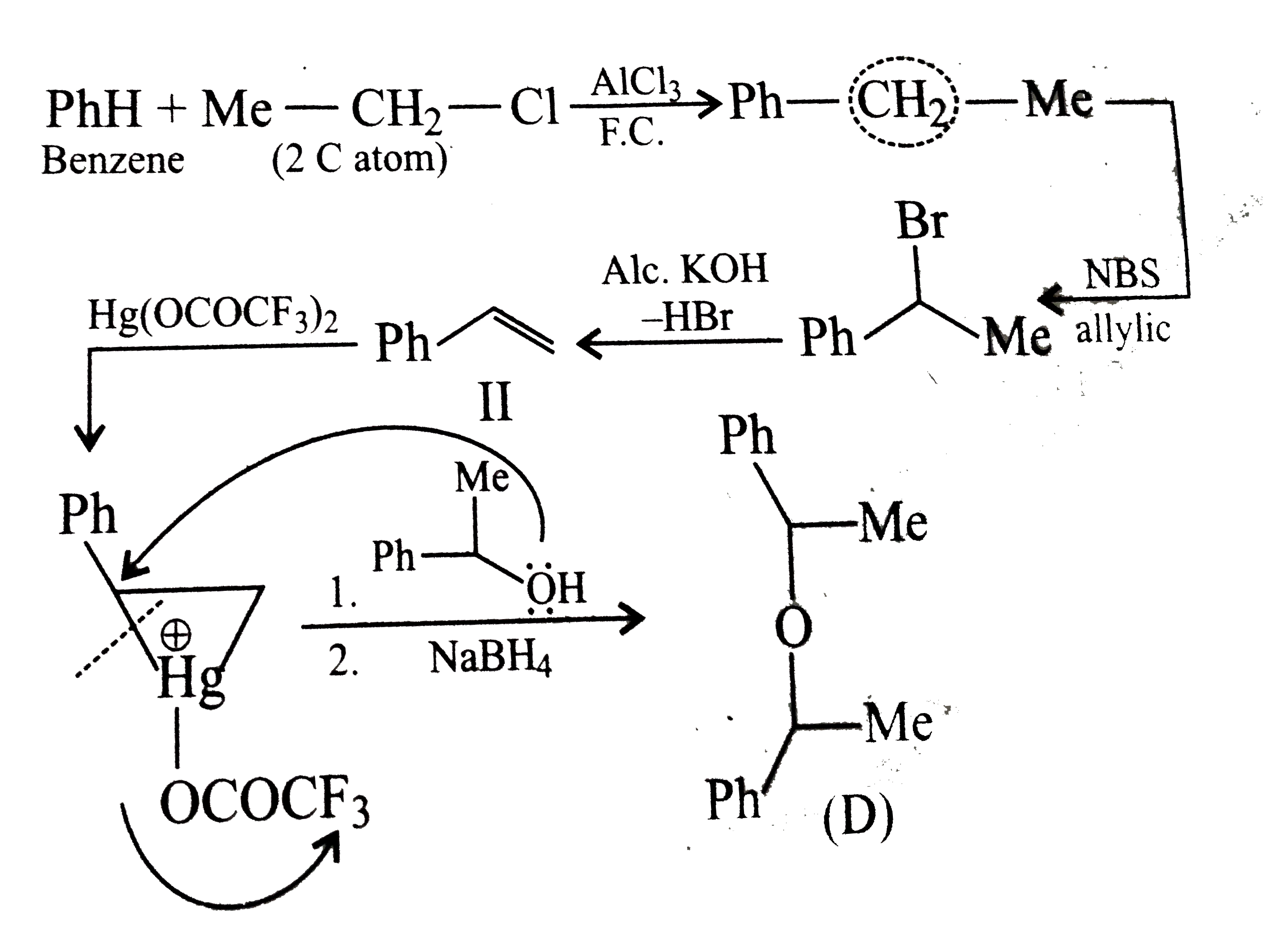
Only path left for the synthesis of (D) is alkoxy mercuration-demercuration. Synthesis (II) form bezene and then react with aclohol (I) by alkoxy mercuration-demercuration reaction.
|
Updated on:21/07/2023
Topper's Solved these Questions
- BOOK - CENGAGE CHEMISTRYCHAPTER - ALCOHOL,PHENOL AND ETHERSEXERCISE - Solved Examples17videos
ALCOHOL,PHENOL AND ETHERS
- BOOK - CENGAGE CHEMISTRYCHAPTER - ALCOHOL,PHENOL AND ETHERSEXERCISE - Exercises Subjective25videos
ALCOHOL,PHENOL AND ETHERS
- BOOK - CENGAGE CHEMISTRYCHAPTER - ALIPHATIC AND AROMATIC ALDEHYDES AND KETONESEXERCISE - Archives Subjective29videos
ALIPHATIC AND AROMATIC ALDEHYDES AND KETONES
Similar Questions
Knowledge Check
- Question 1 - Select One
Rate of SN1 reactin for the following compounds is: (a).
_2019_CBT5_E01_001_Q01.png)
(b)._2019_CBT5_E01_001_Q02.png)
(c)._2019_CBT5_E01_001_Q03.png)
(d)._2019_CBT5_E01_001_Q04.png) Aa>b>c>dBb>c>a>dCb>c>d>aDd>c>b>a
Aa>b>c>dBb>c>a>dCb>c>d>aDd>c>b>a - Question 2 - Select One
Consider the following compounds
A. Chloroethene B. Benzene
C. 1,3-butadiene D. 1,3,5-hexatriene
All the carbon atoms are sp2 hybridised inAA, C, D onlyBA, B onlyCB, C, D onlyDA, B, C and D - Question 3 - Select One
Devise sequences for preparing the following compounds from benzene
A B
B C
C D
D
Write the sturctures of the following compounds:
a. Adjacent tribromobenzene
b. Unsymmetrical trimethyl benzene
c. Symmetrical triethyl benzeneView SolutionThe decreaing order of the rate of niration of the following compounds is
I. Benzene, II. C6D6
III. Nitrobenzene, IV ChlorobenzeneView SolutionHow would you convert the following compounds into benzene?
(i) Ethyne
(ii) Ethene
(iii) HexaneView SolutionHow would you convert the following compounds into benzene?
(i) Ethyne
(ii) Ethene
(iii) HexaneView SolutionConsider the following compounds:
(A) chloroethene (B) benzene (C) buta-1,3-diene (D) 1,3,5-hexatriene
All the carbon atoms are sp2-hybridized in:View Solution


